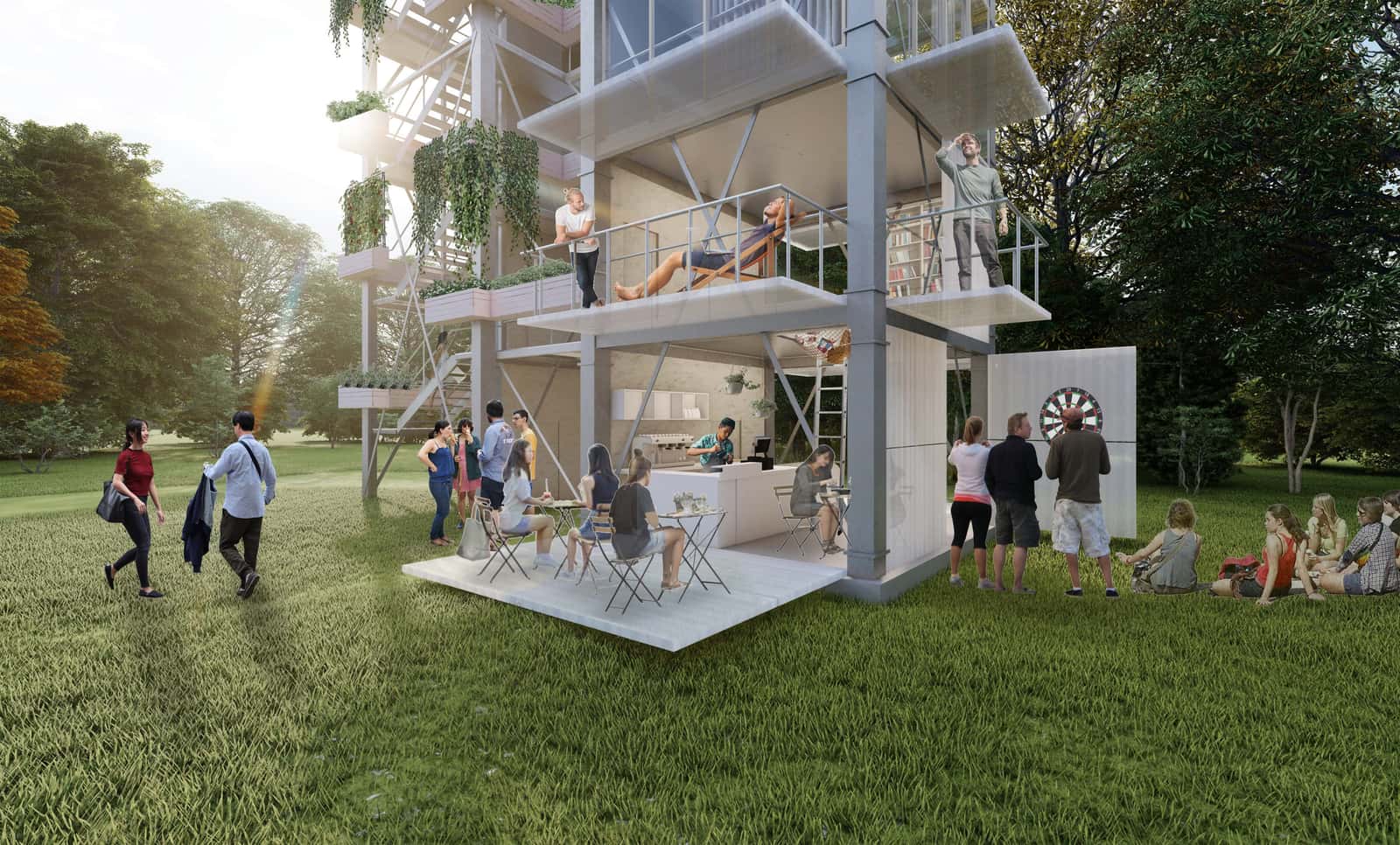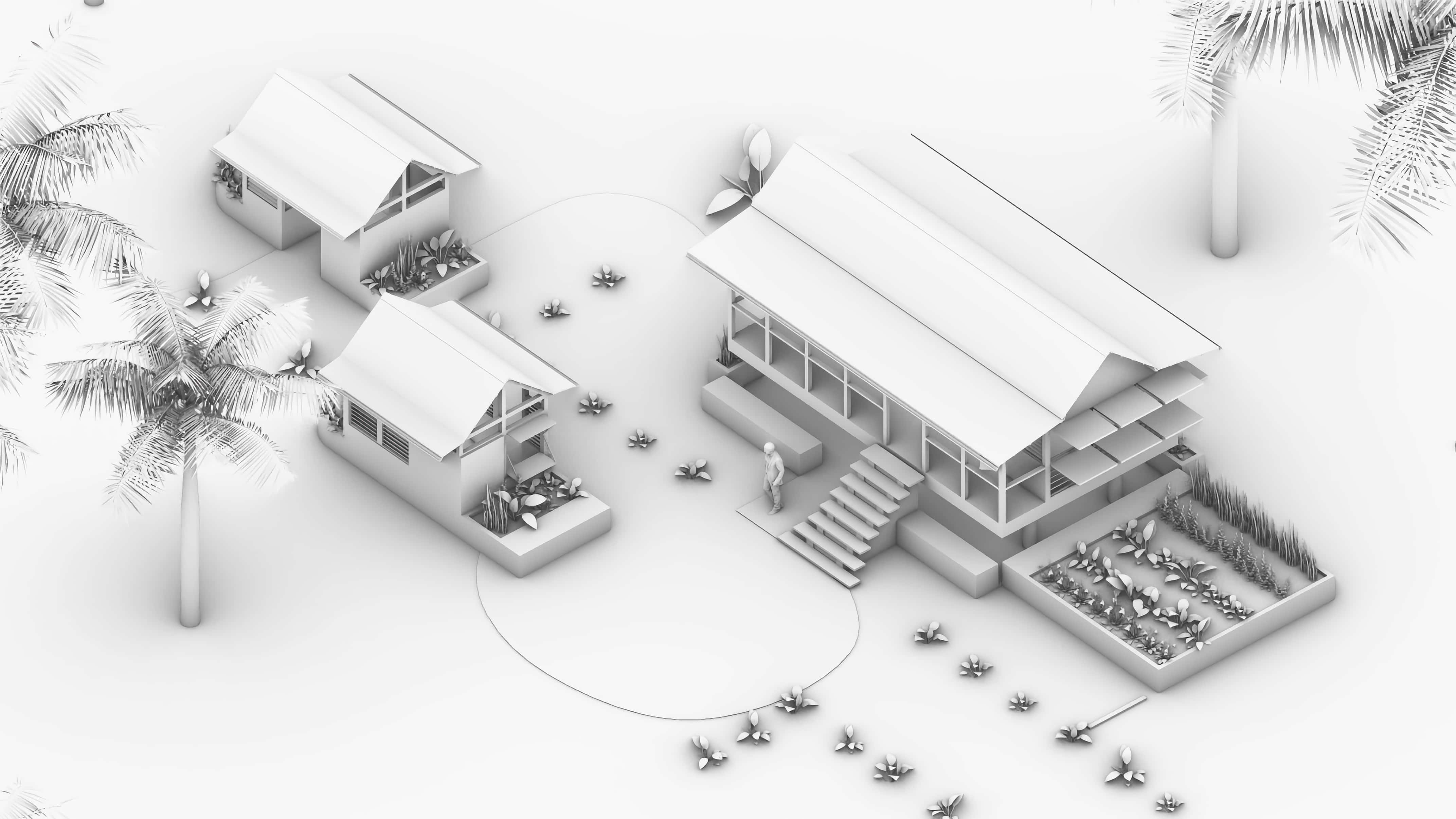
The Spatial Dimension
8 articles / 108 pages
ISBN 978-90-832713-0-9
Issue editors
Dipl.-Ing. Dr. Daniel Zwangsleitner
Elettra Carnelli
Prof. Dr.sc. ETH Benedikt Boucsein
Editorial
-
The future, which we thought we had maybe another decade to prepare for, is now suddenly here. In all likelihood, we can expect further crises such as the Covid-19 pandemic or of similar severity, especially in the context of climate change. They will render the 21st century radically different from the 20th: conventions, techniques, and social practices we are familiar with will disappear. Our responsibilities and roles as architects and urban planners will also change fundamentally in this process. We will work in increasingly volatile and vulnerable contexts and constellations.
...
Articles
-
This paper addresses Jem Bendell’s concept of “deep adaptation” in the Anthropocene through the lens of everyday urban practices in contemporary Northern Europe. It proposes that this “deep adaptation” should be defined less in relation to a socio-ecological “collapse” and more through everyday occurrences in presentday urban environments.
Entering into a critical conversation with Bendell’s conceptual “4 Rs” framework, the paper draws on primary data from several cities in Sweden and Germany to show how, in practice, resilience can be found in the “quiet activism” of leisure...
-
The world is undergoing dramatic change in its social and physical environments, resulting in cultural confrontation and conflict. Rapid urban growth, displacement, and gentrification increase urban pressure while jeopardising social cohesion, multicultural values, and local economies. In addition, environmental factors associated with climate change challenge how our cities respond and adapt, prompting the need for urban centre regeneration to confront the urban century challenges (Sassen, 2011). However, adaptation to these changes is also a source of conflict, as urban policies lack...
-
Since industrialization, modern architecture has appropriated the notion of adaptation. Defined as the adjustment of a building to the environment and its users, architectural adaptation has been mainly carried out via a narrow technological approach. Thus, digitalization has emerged as the latest ‘smart’ update. The limits of technological adaptation become especially evident with architecture in aiming to solve an ecological and social crisis on both a global and local level. In this paper, we argue for reconceptualizing adaptivity in architecture to (re)integrate processual, social,...
-
The crises we face today call for a careful assessment of our collective and individual understandings and responses. The past decades have shown us that acknowledgement of the emergencies alone is not sufficient to address the problems, especially within the complex context and conditions of the built environment. In the face of ‘inevitable’ change, and of current and future challenges, this urges us to direct a critical glance towards how we understand and frame the problems as spatial practitioners, how we position ourselves towards them, and how our ethical and professional...
-
This paper uses ‘deep time’, as an alternative ontology to crisis management to argue for the application of a broad decolonial approach in lieu of contemporary green design practices. Methodologically, this paper substantiates it claims by utilising conventional academic ‘knowledge’ production, as represented in literature, references, and case studies, but also supports the expansion of knowledge through a deeper exploration of place, pattern, and time demonstrated by intermingling deep time principles with Indigenous spatial practices. Fearing that urban life will descend into...
-
As a principle of industrial and spatial organisation, self-management enabled Yugoslavia to shape its own socialism after the breakup with the Soviet Union and the rest of the Eastern Bloc — in 1986. It even represented the paradigmatic element of a proposal for an urban restructuring of New Belgrade submitted by Marxist philosopher Henri Lefebvre and architects Renaudie and Gilbaud. The Yugoslav experience of self-management is not the only one. The oldest precedent probably is the Paris Commune. Bottom-up self-management has unravelled the planet over, in factories of Eastern Europe,...
-
‘Faced with inevitable collapse, leading scientists used some of the industrial world’s last remaining technological and energy resources to design and provide an AI bot for selected people on the planet.’’ The following short fiction story explores the next version of human settlement after the collapse of this one, as predicted by Bendell’s research into ‘Deep Adaptation’ (Bendell, 2020). Dr. Bendell warns us that, unless we find ways to radically change our lifestyle, ‘human societies will experience disruptions to their basic functioning within less than ten years due to climate...







